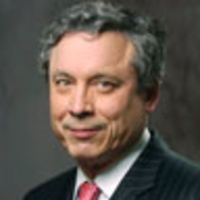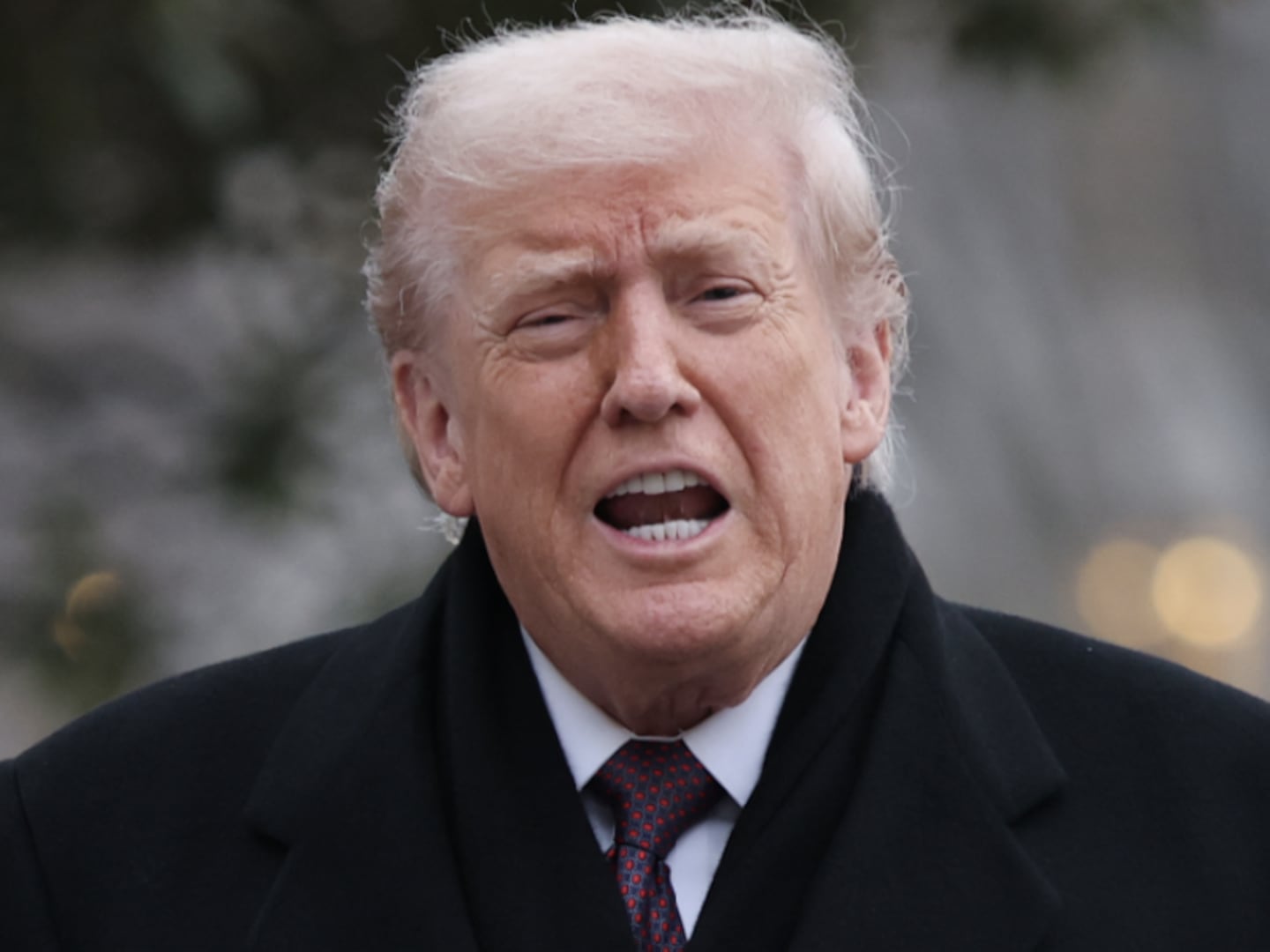
Among the gems that emerge from Too Big to Fail by Andrew Ross Sorkin is a terrific inside look at Timothy F. Geithner, the baby-faced regulator who was practically a lifetime government employee before becoming the 75th Treasury secretary of the United States.
As Sorkin delivers the financial meltdown of 2008 in gripping hour-by-hour detail, we discover that Geithner—then the president of the New York Federal Reserve Bank—was a much bigger player in the bailout than the public ever knew. “Oftentimes, you hear people talk about [Federal Reserve Chairman] Ben Bernanke as though he were the lead actor,” Sorkin says. “One of the revelations for me throughout the reporting process is that the real lead actors when it came to making these deals happen were [Treasury Secretary] Hank [Paulson] and Tim. Tim became a major ringleader when it came to trying to put some of these deals—ones that ended up not happening and ones that did end up happening—together.”
“A lot of people have looked at AIG as a Paulson bailout. In fact, it was a Tim Geithner bailout. Hank was in Washington and had very little to do with it. It was Tim’s deal. The terms of the deal are Tim’s.”
Indeed, Sorkin tells The Daily Beast that some of the best details are revelations of secret bailout deals that never came to fruition and we never knew about, such as repeated approaches by banks and insurance companies to Warren Buffett and frequent government-orchestrated propositions put to Richard Fuld of Lehman Brothers.
• Read the five most revealing and cinema ready scenes from Sorkin’s new book.Sorkin, an indefatigable reporter and smooth writer, covers mergers and acquisitions for The New York Times and runs its DealBook column and blog. So it was inevitable he would follow the dealmakers into the abyss of the great financial meltdown of 2008.

With this big book (624 pages, 539 pages of narrative) Sorkin chronicles what went on with the big boys. He knits together the disaster as it unfolds, beginning with Bear Stearns getting in trouble in March 2008 to an event-filled two weeks in September when Lehman Brothers went under, Merrill Lynch was sold to Bank of America, and AIG—the world’s largest insurance company—became a ward of the state.
The rescue of AIG and how its $85 billion (now more than $180 billion) bailout was put together, just hours after Lehman collapsed on Sept. 15, is particularly fascinating. On Tuesday morning, Sept. 16, when the AIG deal was finally formulated, we get this scene from inside the room: “All of the bankers are sitting around the table and Tim walks in and tells everybody: ‘Turn off your BlackBerrys, turn off your phones. I don’t want anybody calling out of this room.’ And he laid it down: ‘We’re going to do this. How much money do we need?’”
“A lot of people have looked at AIG as a Paulson bailout,” Sorkin says. “In fact, it was a Tim Geithner bailout. Hank was in Washington and had very little to do with it. It was Tim’s deal. The terms of the deal are Tim’s. He was the man at the table. He went to Ben to get approval. But this was a Tim Geithner production, and I am not sure people appreciated that at that point.”
Shining light into the black hole at AIG, Geithner and the others had quickly realized a private bailout was unfathomable. And when Geithner finally got AIG CEO Robert Willumstad and his chief lawyer on a conference call with Paulson to finalize the government’s 79.5 percent ownership of the insurance giant in exchange for access to $85 billion, he brooked no nonsense, according to Sorkin’s account. “We want to know that you are going to accept the terms. We need an answer back from you soon, because trading is going to start in Asia.” When the AIG lawyer suggested bankruptcy might be a better option, Geithner replied: “This is the only proposal you are going to get.” As Geithner continued: “There is one other condition…” Paulson interrupted to say it was that Willumstad was being replaced immediately.
That kind of detail flows from diligent and exhaustive reporting. Clearly enjoying access that comes with being “The Gentleman from The New York Times,” Sorkin did more than 200 interviews. He got many of the principal players to reveal themselves, without having to be identified directly as the source of terrific telling quotations.
Sorkin dismisses the often bruited about suggestion that Geithner and Paulson, a former CEO of Goldman Sachs, favored that firm, especially in structuring the AIG bailout. As the rapid-fire crisis unfolded, says Sorkin, there was no time for a conversation about restructuring AIG’s deals so that its counterparties—including banks like Goldman Sachs—got haircuts. Sorkin says Geithner admired Goldman’s bankers because they seemed smarter and better prepared than their competitors. He adds Goldman was practically the only institution that tried to provide a detailed estimate of its exposure to AIG.
“Everybody saw the dominoes lining up,” says Sorkin. “There was a possibility—and I am not sure the world appreciated it at that moment—that the next domino was Goldman. I think Tim, and Hank as well, thought of Goldman as the last domino. That would have been the complete destruction of the system.”
The book ends before Geithner becomes Treasury secretary. If Geithner was tightly wrapped during the tumult of 2008, how does Sorkin see that affecting Geithner’s performance now?
“Tim is actually more multidimensional than he sometimes gets credit for,” says Sorkin. “In the press and the public, he sometimes comes off as a technocrat, he sometimes comes off as two-dimensional....History is going to look back on someone like Tim and Ben and Hank positively for having rescued the system, bringing it back from the brink. To his credit, there is some benefit to the fact that he was in the room. He has been able to see where the mistakes were made. He has been able to now recognize what some of the unintended consequences of some of the earlier bailouts were. Hopefully, he learned those lessons.”
Perhaps more important, if one assumes the economic crisis is far from over, is what Geithner may have learned about the executives who run what is now only the quasi-private financial-services industry. “He should have a much better perspective on how these people react to crisis, what the egos are, where the interrelationships are, what is the interplay between everybody,” Sorkin says. “The real learning experience is, like the book, the human drama. He was there. He can see it, so he knows the next time he is calling [Goldman Sachs CEO] Lloyd Blankfein, what he needs to do to push his buttons.”
Still, for all his admiration of Geithner’s skills, Sorkin reserves judgment: “The good news is that he probably does have better insight than most. The bad news is that he comes from this community of people that has lived through a group think which brought us to the brink.”
Allan Dodds Frank is a business investigative correspondent who specializes in white-collar crime. He also is president of the Overseas Press Club of America.






